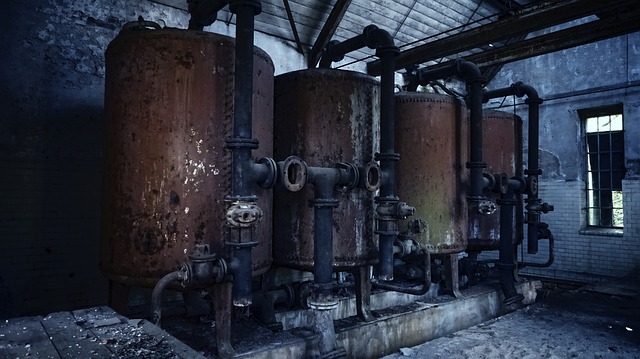Understanding the difference between leases that are inside and outside of the Landlord and Tenant Act 1954.
When it comes to commercial leases, the Landlord and Tenant Act 1954 is a significant piece of legislation that provides specific rights and obligations for both landlord and tenants. However, it is important to distinguish between leases that fall within the scope of the LTA 1954 (inside) and those that do not (outside). This article aims to shed light on the key differences between the two.
Inside the Landlord and Tenant Act 1954:
A lease falling within the LTA 1954 is commonly referred to as a “protected lease.” Such leases benefit from statutory protections, particularly in relation to lease renewal rights. Under the LTA 1954, tenants have an automatic right to renew their lease at the end of the contractual term. This means that even if the lease has expired, the tenant can remain in occupation until a new lease is agreed.
The Act provides security of tenure to tenants, enabling them to continue their business operations without fear of eviction or being forced to relocate. However, it’s important to note that not all leases are automatically included within the scope of the LTA 1954. The rent for properties inside the act can often be higher as landlords want more to compensate for losing control over the property.
Outside the Landlord and Tenant Act 1954:
Leases falling outside the LTA 1954 are often referred to as “excluded leases.” These leases do not benefit from the statutory protections and rights granted to tenants under the Act. By entering into an excluded lease, tenants do not have an automatic right to renew the lease at the end of the term. Instead, the landlord and tenant negotiate the terms of a new lease, and if no agreement is reached, the tenant is required to vacate the premises upon expiry of the lease. Excluded leases provide more flexibility for landlords, particularly in situations where they want to have full control over the property and its future use.
Key Differences:
Lease Renewal: The most significant difference between leases inside and outside the LTA 1954 is the right to lease renewal. Inside the Act, tenants have an automatic right to renew their lease, while outside the Act, the renewal is subject to negotiation.
Security of Tenure: Leases inside the LTA 1954 provide tenants with greater security of tenure, ensuring they can continue operating their business from the premises. Outside the Act, tenants may have to vacate the property upon the expiration of the lease, potentially causing business interruption.
Termination: In excluded leases, the termination process is more straightforward for landlords as they have greater freedom to terminate the lease without the tenant’s automatic right to renewal. Inside the Act, landlords must follow specific procedures to terminate a lease lawfully.
Understanding the difference between leases inside and outside the Landlord and Tenant Act 1954 is crucial for both landlords and tenants involved in commercial property arrangements. Leases inside the Act offer tenants greater security of tenure and automatic lease renewal rights, ensuring continuity for their businesses. On the other hand, leases outside the Act provide landlords with more flexibility and control over the property. Therefore, we recommend seeking professional advice before entering into lease to ensure both parties have a clear understanding of their rights and obligations. Please get in contact with our Lease Advisory team if you would like further advice and information.





